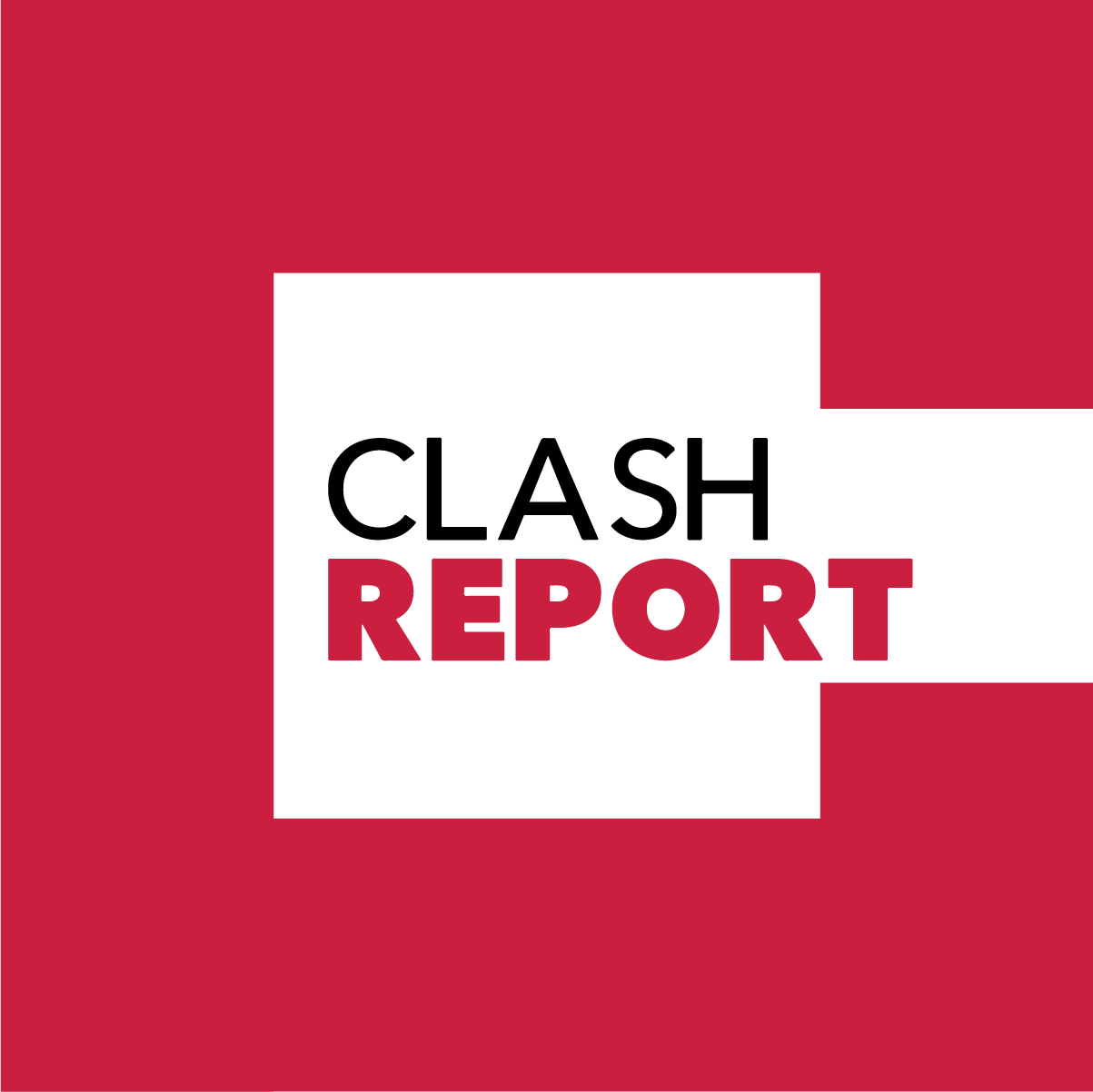Army Takes Control as Nepal Unrest Topples Oli
After days of deadly protests in Kathmandu, anger over corruption and a social media ban grew as soldiers were deployed.
September 10, 2025Clash Report

ClashReport
Nepal has deployed the army across Kathmandu and other hubs after days of violent protests forced Prime Minister K.P. Sharma Oli to step down, capping a rapid escalation triggered by a now-rescinded social-media ban and deep frustration with corruption and joblessness. Authorities imposed an indefinite curfew as parts of the Singha Durbar complex and other government sites burned, while hospitals reported scores of injuries and at least 19 deaths.
Curfew, Calm and a Power Vacuum
Army units fanned out around ministries and key intersections as calm returned to streets that saw arson and clashes earlier in the week, with one retired general noting, “There are no reports of violence on the streets… The protesters have remained calm.” The military said it is “committed to protect the country’s independence and sovereignty,” while the main airport in the capital was shuttered as authorities moved to re-establish order. Oli’s resignation and the departure of several ministers left a leadership gap just as security forces sought to stabilize the situation under an extended curfew.
Why the Streets Erupted
The immediate spark was a government order blocking major social platforms—later lifted—but the tinder was years of anger over corruption, patronage and limited opportunities for young people. Youth unemployment has hovered above 22% in recent assessments, and activists say inequality and “nepo kids” flaunting wealth online helped galvanize Gen-Z organizers. The crowd surge that followed the ban saw protesters storm parliament precincts and set government buildings ablaze as police fired tear gas and rubber bullets to disperse them.
Regional Stakes and What Comes Next
The turmoil in the Himalayan state—strategically placed between India and China—has immediate cross-border implications, with New Delhi signaling concern over stability and calling for restraint. Nepal’s political vacuum now intersects with a fragile economy and vast hydropower ambition, raising questions about who will command security forces and guide a transition. With soldiers in the streets and curfews biting, attention turns to whether talks with protest organizers can channel discontent into a credible roadmap and avert a return to violence.
Sources:
Related Topics
Related News
Trump Pushes EU to Impose 100% Tariffs on India, China
America
September 2025
Madagascar Youth Spurn Talks, Warn of General Strike
Africa
October 2025
US Links Peace to Congo-Rwanda Economic Pact
Africa
June 2025
Beijing Slams Taiwan’s Lai Over Trump Praise
Asia-Pasific
October 2025
China Threatens Retaliation if US Imposes 100% Tariffs
America
October 2025
Indonesia Finalizes $9 B Deal for 42 Chinese J-10C Jets
Defense
October 2025